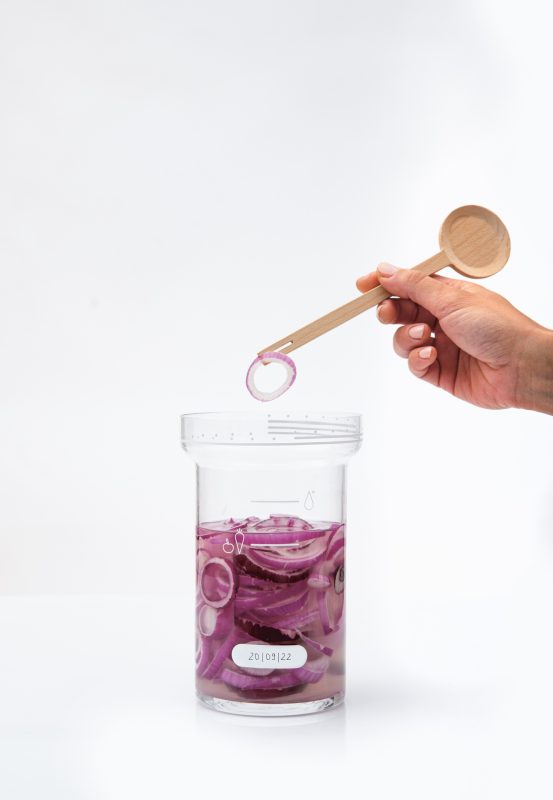
Ins Offene
In his Logic of Sense (1993), the French philosopher Gilles Deleuze demonstrates how in Lewis Carroll’s literary work Alice in Wonderland (1865) patterns of thought and language bring sense and nonsense into close proximity. This example is succeeded by a theoretical one by examining four contemporary positions. The ensemble Being an Artist (Drawing from Nature, for Example, Linden Blossom Petals) (1969–1985) by Anna Oppermann, the photo series Equilibres (1984–1987) by the artist duo Fischli / Weiss, the prose writing just sitting around here GRUESOMELY now (2012) by Friederike Mayröcker and the text volume The Innerworld of the Outerworld of the Innerworld (1969) by Peter Handke are examined for artistic strategies of wrongheaded thinking.
When I say ‘Alice becomes larger,’ I mean that she becomes larger than she was. By the same token, however, she becomes smaller than she is now. Certainly, she is not bigger and smaller at the same time. She is larger now; she was smaller before. But it is at the same moment that one becomes larger than one was and smaller than one becomes. (Gilles Deleuze, Logic of Sense, First Series of Paradoxes Of Pure Becoming)
Dinge ohne Namen
In the cellar room of the HfG, which serves as a storage space for the cleaning staff, filled vacuum cleaner bags are regularly gathered together. In a manner of speaking, they contain the DNA of an institution. However, the abrasion of people and objects is mixed into an indescribable conglomeration. A fictional character has now made a home in the accumulation of dust in order to become unattractive himself and find a sense of calm. This person collects the filled bags, cuts them open and spreads out the dust. They build equipment for sifting and they filter out small objects from the dust that have been sucked up with it. These unidentified objects are sorted and exhibited. Are sculptures abject when they are made of nothingness? That, thing, it…




